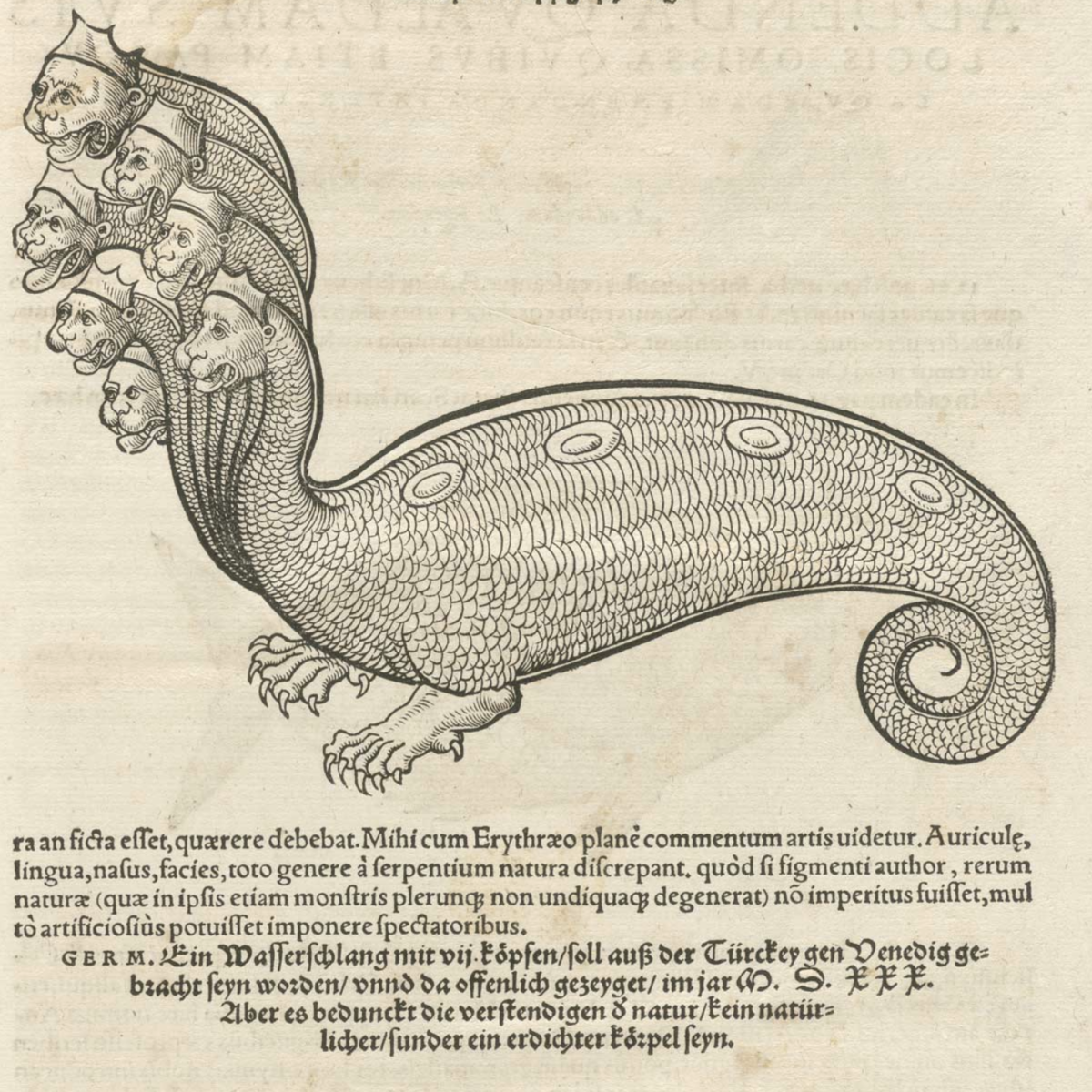This is an “elemental research” category page. It outlines interests around a specific topic. The links at the bottom lead to mostly photographic documentation of experiments and projects that touch on the topic.
ANIMAL:
Taxonomy:
Elemental —> Animal
animal, n. **
Etymology: < Anglo-Norman and Middle French animal (French animal ) living creature, beast (excluding man) (12th cent. in Old French), living creature (excluding plants) (13th cent.), stupid or uncouth person (1537) and its etymon classical Latin animal living creature (including man), living organism (including plants), animal other than man, (applied contemptuously to a person) creature, brute, in post-classical Latin also animal nature in man (6th cent.) < anima anima n. + -al -al suffix1. Compare Old Occitan animal (c1350), Catalan animal (14th cent.), Spanish animal (13th cent.), Portuguese animal (14th cent.), Italian animale (a1294).
Middle Eng. Dict. at animāl n. records an earlier example from the Auchinleck manuscript copy of Sir Orfeo, but more recent editors read this as aumal , hence showing amel n., an interpretation which is supported by the context and by the equivalent passage in other manuscripts.
The French word shows a learned borrowing < Latin; a Romance development from the neuter plural of the Latin word is reflected by Anglo-Norman and Old French aumaille, almaille, etc.
a. 1398 J. Trevisa tr. Bartholomaeus Anglicus De Proprietatibus Rerum (BL Add. 27944) (1975) II. xix. cxvi. 1356 Þilke þat beþ in oon forme in general kynde haþ oon general name in kynde, as man is animal and hors is animal, and so of oþer bestes.
?a1425 tr. Guy de Chauliac Grande Chirurgie (N.Y. Acad. Med.) f. 52, For þe hert is mortified for perdicioun of nutricioun & þe animal, i. beest, perisheþ.
** “animal, n.”. OED Online. September 2012. Oxford University Press. https://www.oed.com/view/Entry/273779? (accessed September, 2012).
Research associated with Animal:
